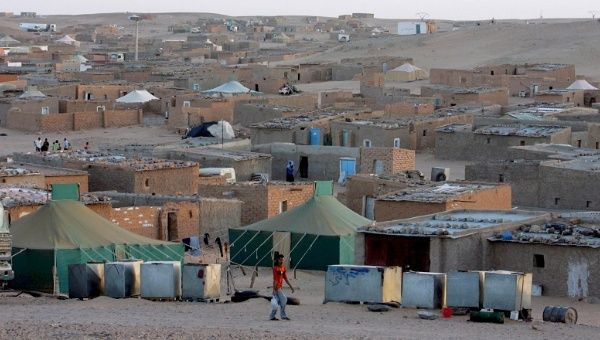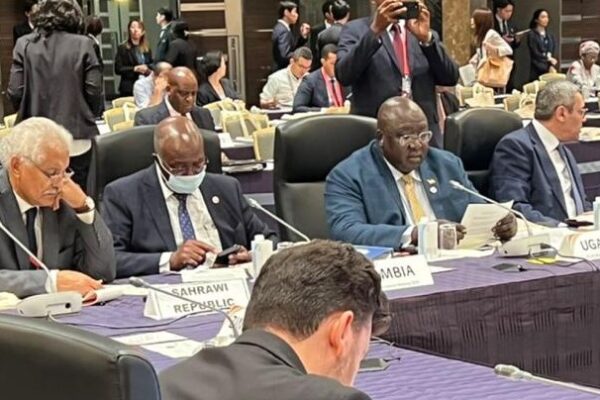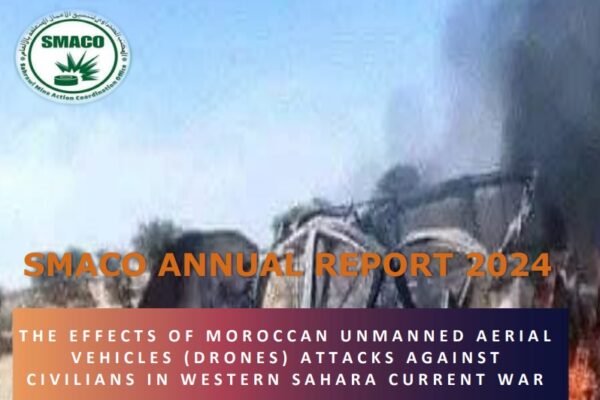Refugee Camps

The Saharawi refugee camps, situated in the western part of the Algerian desert near the border with the Sahrawi Arab Democratic Republic (SADR), stand as a testament to resilience and self-organization. These camps, the second-oldest political refugee camps globally after those of the Palestinians, have been home to over 200,000 Saharawi men, women, and children since 1976.
Divided into five districts (wilayas), named after the main cities in the country such as El Aaiun, the capital of Western Sahara, and Dajla, the largest port, these camps operate with a remarkable degree of self-governance. The Saharawi people themselves, represented by various authorities of the Saharawi Government and civil society, oversee the organization and administration of these districts.
Within each camp, a further subdivision occurs into six or seven municipalities (Dairas), each municipality containing four neighborhoods. Notably, the organization of these camps is predominantly managed by women, reflecting their central role in Saharawi society.

Enduring extreme climatic conditions, with summer temperatures soaring above 50 degrees Celsius and winter bringing freezing cold, the Saharawi people have fostered a society characterized by solidarity and resilience. Despite the harsh environment, they have successfully built a structured community within the desert.
Healthcare and education have been focal points of development within the camps. Through robust hygiene practices and preventive measures, the Saharawi people have managed to stave off epidemics and reduce infant mortality rates. The Ministry of Public Health prioritizes prevention efforts, while also training women as assistant nurses to support healthcare facilities within the camps. Moreover, initiatives to combat illiteracy have seen remarkable success, with literacy rates now exceeding 90%, a stark improvement from the 95% illiteracy rate during the Moroccan invasion in 1975. Educational opportunities extend from kindergarten to higher education, with scholarships offered in countries like Algeria, Cuba, and others, ensuring that Saharawi students have access to diverse learning environments and skill development opportunities.
The overarching goal of education and development initiatives within the camps is not only to enhance the immediate quality of life but also to prepare the Saharawi population for the eventual reconstruction of their homeland post-independence. The Ministry of Education continues to strive for excellence, aiming to equip Saharawi youth with the skills and knowledge necessary to contribute meaningfully to the future of their nation.
Significant efforts have been directed towards eradicating illiteracy within the Sahrawi refugee camps, with a focus on empowering adults with the ability to read and write. Various educational programs have been implemented to provide opportunities for higher-level learning, thereby raising the overall standard of education within the camps.
Recognizing the importance of education for women, several schools and centers have been established specifically for their benefit. Among these, the 27th of February school holds particular significance as the first institution to offer women the chance to pursue technical vocations. Over the years, it has trained thousands of women in fields such as nursing, teaching, and administration, enabling them to contribute actively to Sahrawi society.
Traditional forms of cultural expression, including songs, storytelling, and visual arts, play a vital role in preserving Sahrawi heritage and history. However, the disruptions caused by war and the establishment of refugee camps have posed challenges to this cultural continuity. In response, the Ministry of Culture is committed to nurturing cultural competence among the younger generation, ensuring that they are equipped to carry forward their traditions and contribute to the cultural landscape post-independence.

In addition to educational and cultural initiatives, the Sahrawi people have invested in media institutions within the camps. Notably, the establishment of the National Radio by the Saharawi State has facilitated communication and broadcasting across North Africa and Europe, with online streaming services enhancing accessibility worldwide. Regional radio stations within the different wilayas further contribute to the dissemination of information and cultural exchange. Furthermore, the launch of Saharawi TV (RASD-TV) via satellite broadcasting on Hispasat in 2009 marked a significant milestone in expanding media coverage within the camps.
The Sahrawi online media landscape is characterized by vibrant activity, with an official Press Agency and numerous independent websites covering diverse topics in multiple languages. These platforms, often managed by young Sahrawis, serve as vital sources of information and expression within the community.
Despite the challenges of displacement, the Sahrawi refugees actively engage in international cultural events hosted within the camps. Events such as the Cinema Festival (FISAHARA), the grueling Sahara Marathon (SAHARA-MARATHON), and the cultural festival ARTIFARITI attract participants from around the world, including athletes, artists, filmmakers, intellectuals, journalists, and civil society representatives. These gatherings not only showcase Sahrawi culture but also foster cross-cultural dialogue and solidarity.
Moreover, the Sahrawi refugee camps serve as hubs of activity, hosting a wide range of events including conferences, seminars, and sports competitions. The Sahrawi civil society is renowned for its dynamism and engagement, emerging as one of the most active civil societies in North Africa, despite the challenges posed by displacement and confinement within the camps.







